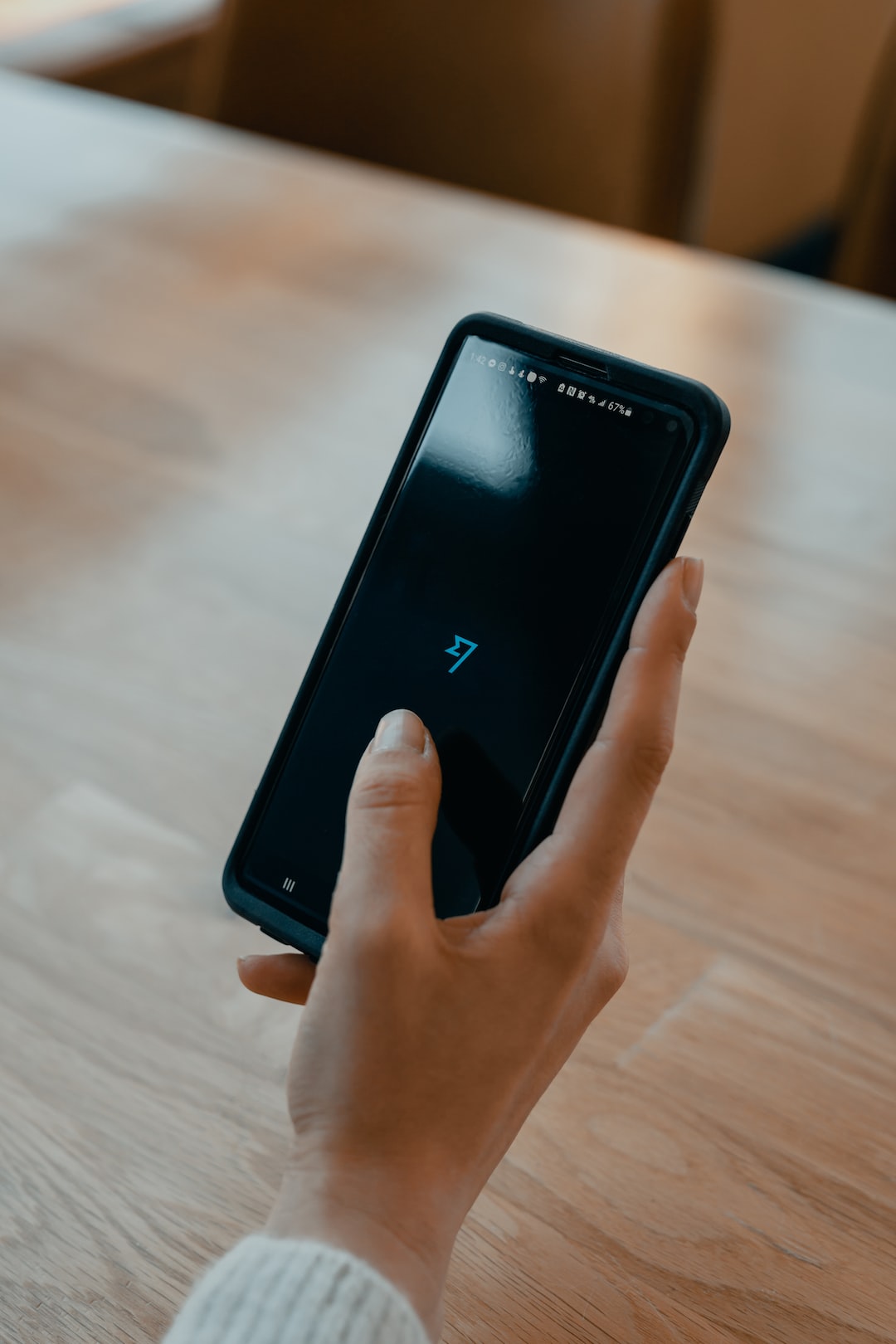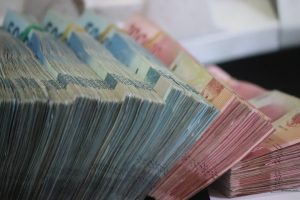Forex trading is a complex and time-consuming process that requires a lot of knowledge and expertise. With the advancement of technology, many traders are turning towards automated trading systems, also known as forex robots, to help them make profitable trades. These robots are designed to analyze the market and execute trades on behalf of the trader. In this article, we will guide you through the steps to create your own forex robot.
Step 1: Define Your Strategy
The first step in creating a forex robot is to define your trading strategy. Your strategy should be based on a set of rules that determine when to buy and sell currencies. The rules should be based on technical indicators such as moving averages, MACD, RSI, etc., and fundamental factors such as economic news and events.
Step 2: Choose a Platform
Once you have defined your strategy, you need to choose a platform to develop your forex robot. There are many trading platforms available in the market, but some of the most popular ones are MetaTrader 4 (MT4) and MetaTrader 5 (MT5). These platforms provide a wide range of tools and features to develop and test trading strategies.
Step 3: Learn a Programming Language
To develop a forex robot, you need to learn a programming language. The most popular programming language for forex robots is MQL4 for MT4 and MQL5 for MT5. These programming languages are similar to C++, and if you have experience in programming, you can easily learn them.
Step 4: Write Code
Once you have learned the programming language, you can start writing code for your forex robot. The code should include your trading strategy, as well as the rules for entering and exiting trades. You can also include other features such as stop-loss and take-profit levels, trailing stops, and risk management.
Step 5: Backtest Your Robot
Before deploying your forex robot in a live trading environment, you need to backtest it to see how it performs under different market conditions. Backtesting involves running your robot on historical data to see how it would have performed in the past. This will help you identify any weaknesses in your strategy and make improvements.
Step 6: Optimize Your Robot
After backtesting your robot, you need to optimize it to improve its performance. Optimization involves tweaking the parameters of your trading strategy to find the best combination that yields the highest returns. You need to be careful not to over-optimize your robot, as this can lead to overfitting, where the robot performs well on historical data but poorly in real-time trading.
Step 7: Deploy Your Robot
Once you have backtested and optimized your forex robot, you can deploy it in a live trading environment. It is important to monitor your robot’s performance and make adjustments as needed. You should also continue to backtest and optimize your robot on a regular basis to ensure that it continues to perform well.
In conclusion, creating your own forex robot requires a lot of time and effort, but it can be a rewarding experience. By following the steps outlined in this article, you can develop a forex robot that reflects your trading strategy and helps you make profitable trades. Remember to always test and optimize your robot before deploying it in a live trading environment.






